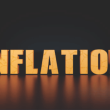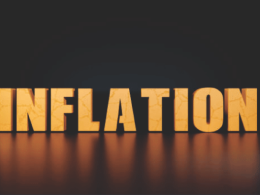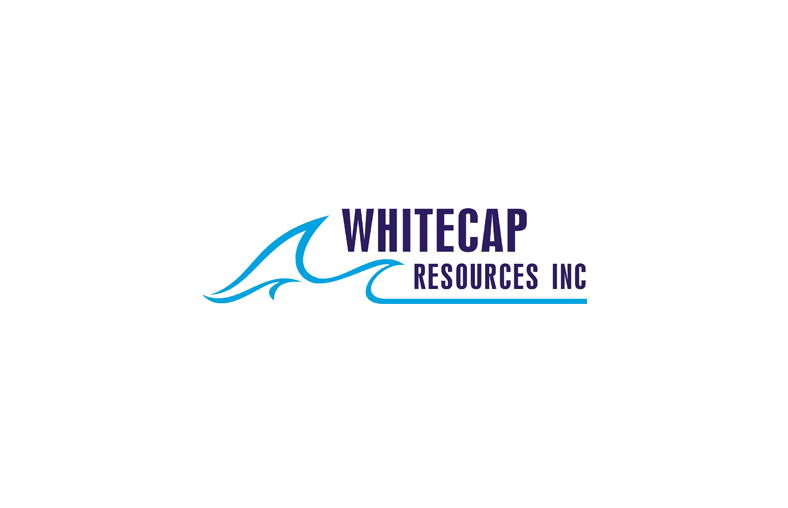by Hubert Marleau, Market Economist, Palos Management
As expected, the monetary authorities decided to keep their policy rate on hold at 2.38% and reiterate their “patient call” despite a positive economic assessment of higher growth, moderate price inflation and lower recession risk.
They disregard the politically motivated demands of President Trump to cut benchmark interest rate by one full point and restore QE.
Moody’s High Frequency GDP Model is projecting a growth factor of 1.7% for Q2 while the Atlanta Fed’s Now-Casting Model has a lower but positive forecast of 1.3%.
All meaningful readings of inflation are below the Fed’s inflation target. March data showed headline inflation measured by the Personal Expenditure expenditures Deflator (PCED) was just 1.5% y/y.
Besides the PCED, the Fed monitors the core rate, excluding food and energy; it slowed to a 14-month low of 1.6%. Interestingly, the Cleveland Fed’s Inflation Nowcasting model is calling for an annualized rate of increase in the Core PCED of 1.2% for Q2.
It should be noted noted that productivity is doing better than I calculated. This morning the BLS officially reported that productivity increased at the annual rate of 3.6% in Q1 versus my 2.8% estimate. Year-over-year, productivity rosed 2.4% versus my calculation of 2.0%.
Productivity is offsetting wage inflation—-unit labour cost is up only 0.1% from a year ago.
Goldman Sachs now believes that the chance of the U.S. encountering a recession within the next 12 months is only 10%. Moody’s Analytics is professing that the probability is 21%, down from 26% in April.
Moreover the yield curve (10-years minus 3-months) is now positively signalling that there are less recessionary pressures.
Finally, the Fed needed to show some independence and defy relentless political pressure while making sure that it does not disappoint dovish expectations.
They sympathetically acquiesced, for technical reasons, by lowering the rate of interest paid on excess reserves to 2.35% from 2.4%---not enough to erode the credibility of the monetary officials.
In light of where the neutral rate (2.38%) and the current flatness of the yield curve in addition to the statutory mandate of fostering full employment and price stability, the Fed did the only thing that could have been expected.
However, Chairman Powell, said during the press conference that the central bank is still watching intently for a rebound in persistently sluggish inflation and argued that temporary factors might be holding down inflation.
Without proof or evidence other than an arcane discussion of the elements that make up core inflation he suggested recent inflation weakness could prove fleeting as one-off factors dropped out of inflation calculation.
Blaming low inflation on apparels is a bit too much.
As reported in the FT, he resisted questions aimed at eliciting a discussion as to the possibility of “insurance rate cuts” proposed by his confreres ( Charles Evans, the Chicago Fed president, and Richard Clarida, the Fed’s vice-chair) may be considered.
Conversely, the Federal Reserve Chair downplayed tepid inflation and did not want to prepare the market for a possible rate cut. The bottom line is that the Fed wants to leave the policy rate where it is – intact with no bias in either direction.
The markets do not like the idea that subdued inflation might be the sole cause of “transient or idiosyncratic” factors.
The push back against the suggestion that a rate cut was a real probability caused gold, copper, short bond and stock prices to fall and the dollar to advance.
Friday’s job report will be more important than how sensitive the markets are to turns of phrase.
A middle of the road employment report would validate the Fed’s monetary stance of keeping rates here. The ADP non-farm employment for April supports the Fed’s decision as the correct posture.
It appears that the job market is holding firm as businesses work hard to fill open positions. Job gains may overstate the economy’s strength; but they make the case that the economic expansion continues.
The Outlook for The Canadian Dollar – as of May 2, 2019
Yesterday, I lowered my estimated Purchasing Power Parity Rate (PPPR) of the Canadian dollar to 75.75 US cents. It’s presently settling in the foreign exchange market for 74.35 US cents.
If it were not for the renewed upward trend in the the price of exportable Canadian oil, the Loonie would be trading at an even larger discount to it’s PPPR. Last week, the Bank of Canada lowered it’s neutral range rate to 2.25% to 3.25%, citing additional information and improved modeling.
The central bank may need to do more work on this one. How can it be that the Canadian neutral rate is the same as in the U.S. when the Canadian economy is doing so poorly compared to the U.S.
The best annualized growth estimate for Q1 growth is 0.7% and the Bank of Canada has cut its estimate to a low 0.3%. The Canadian neutral rate is 1.50%--that is 75 bps below the U.S. neutral rate.
It would seem that the Canadian monetary policy is significantly more influenced by what is the monetary policy in the U.S. than whatever power the White House may over the Fed.
The forex market is not dumb; a neutral rate differential of 75 bps is enough to make traders aware that Governor Poloz will eventually need to address this anomaly with at least one rate cut.
This market expectation is negatively influencing the Loonie and, in turn, keeping it’s value lower than it ought to be.
Copyright © Palos Management
photo credit: Adobe Stock













